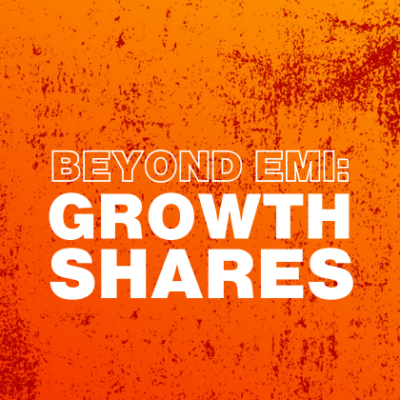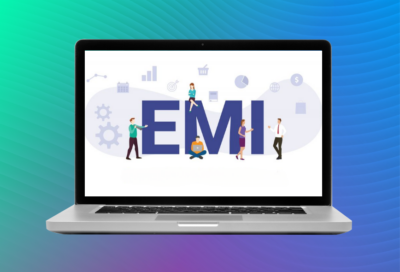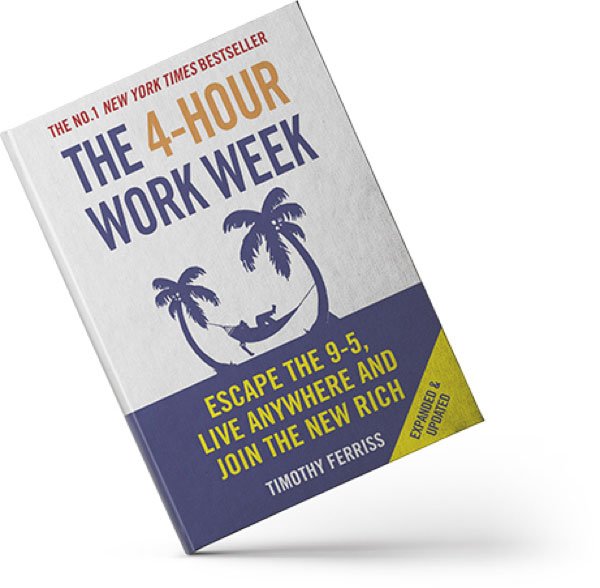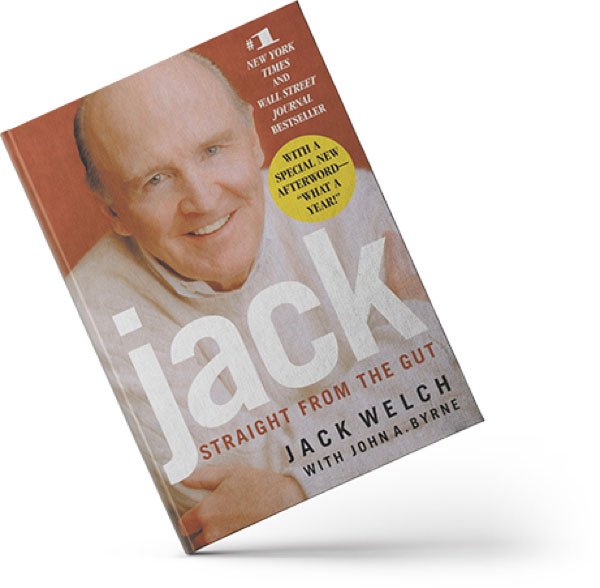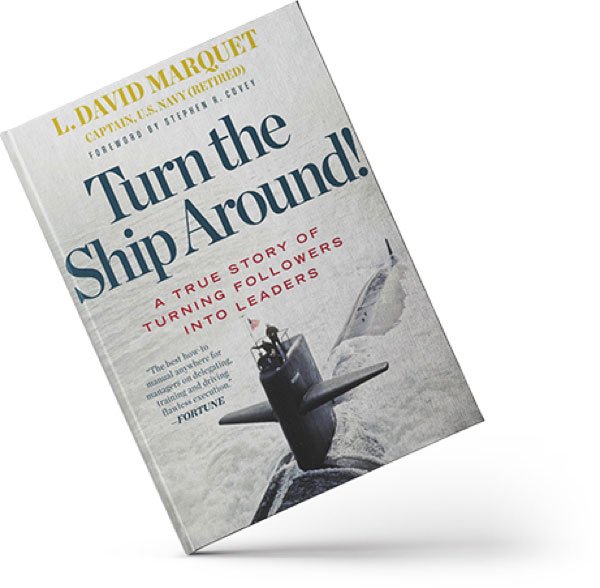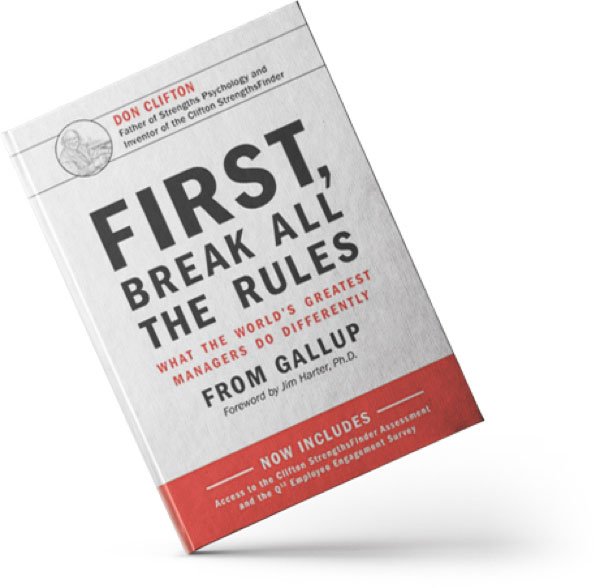As the official EIS Partner for Tech Nation’s Rising Stars programme, CP’s Equity Rewards & Venture Capital Schemes team recently hosted a one-hour EIS masterclass.
Hosted by Andrew Holloway, Head of Equity Rewards & Venture Capital Schemes, and Kirsty Paton, Director in the same team, the webinar gave us practical, real-world insights into two of the UK’s most powerful tax relief schemes: SEIS and EIS.
From eligibility and structuring to common pitfalls and investor expectations, we’ve summarised the key takeaways below to help you navigate the SEIS/EIS landscape with confidence.
Q: What are SEIS and EIS, and why do they matter?
SEIS (Seed Enterprise Investment Scheme) and EIS (Enterprise Investment Scheme) are government-backed tax reliefs designed to encourage private investment in early-stage, high-risk companies. They’re not just more acronyms to add to the list – they’re strategic tools that can unlock funding and accelerate growth.
SEIS is aimed at very early-stage companies – those trading for less than three years, with fewer than 25 employees and under £350,000 in gross assets. It allows you to raise up to £250,000, and investors can claim 50% income tax relief on their investment.
EIS is for slightly more mature companies – under seven years old, with fewer than 250 employees and under £15 million in gross assets. It allows you to raise up to £5 million per year, with investors receiving 30% income tax relief.
Q: What makes these schemes so attractive to investors?
The tax reliefs can reduce risk for investors. Under SEIS, a £100,000 investment could result in £50,000 back as income tax relief. If the company fails, investors can claim loss relief against their income or capital gains. And if it succeeds, they pay no capital gains tax on the exit, assuming the shares have been held for 3 years, and no relief has been withdrawn.
EIS offers similar benefits, just slightly less generous because the assumption is that the company is a bit more established. But both schemes are incredibly effective at unlocking capital from angels, high-net-worth individuals and early-stage VCs. There are inheritance tax advantages available for S/EIS shares held for at least two years.
Q: What’s “Advance Assurance,” and why is it important?
Advance Assurance is a pre-approval from HMRC confirming that your company is likely to qualify for SEIS or EIS. It’s not legally binding, but it gives investors’ confidence that they’ll be eligible for the tax reliefs.
It’s increasingly a deal-breaker (or maker), too. Certain investors won’t even consider investing unless you’ve secured Advanced Assurance. HMRC now requires named prospective investors to process your application. It’s a sign that you’re serious and investment ready.
Q: What are some common pitfalls founders should avoid?
A big one is failing to separate SEIS and EIS investments by at least one day. If you take in the full round on the same day, you could breach the SEIS gross asset limit and lose the relief. It’s a tiny rule, but it can have huge consequences.
Another is not having compliant articles of association. If your return of capital waterfall isn’t structured correctly, you could invalidate your SEIS/EIS status. And once the investment is made, you can’t go back and fix it. Get them wrong, and the relief is lost.
Q: Can founders manage SEIS/EIS applications themselves?
Yes, but it’s risky. The legislation is complex, and HMRC is strict. We’ve seen companies try to DIY it and end up in a mess. Our Equity Rewards & Venture Capital Schemes team’s best work is done before the money hits the bank – helping founders structure things properly from the start.
Even if you don’t take formal advice, at least educate yourself. Read the guidance, ask questions, and understand the risks. A little knowledge can save a lot of pain later but there are plenty of pitfalls which make the right advice invaluable.
Q: What happens if your company structure changes, e.g., you move to the US?
If you put a US Topco above your UK entity, the new parent company must have a UK permanent establishment. That means real activity in the UK – an office, employees or agents. HMRC has even asked for train tickets and lunch receipts to prove it in the past.
This is a great example of how detailed HMRC can get. They have a dedicated team for SEIS/EIS, and they’re not afraid to dig deep. If you’re planning structural changes, get advice early.
Q: What’s the timeline for using EIS?
Generally, you have seven years from your first commercial sale to raise under EIS. That might sound like a long time, but it goes quickly. If you’ve done any consultancy work early on, that could start the clock ticking.
Knowledge-intensive companies (KICs) get more time – up to10 years from reaching £200,000 in turnover. But you have to meet strict criteria around R&D spend, IP ownership and/or employee qualifications.
Q: Can non-UK investors benefit from SEIS or EIS?
Only if they have a UK tax liability. The reliefs are designed to offset UK income tax, so if you’re not paying any, there’s no benefit. That said, you can still structure your investment agreements to be SEIS/EIS-compliant for UK-based investors.
If you’re raising internationally, make sure your legal documents are aligned with UK requirements. US-style investment agreements often need tweaking to meet SEIS/EIS rules.
Q: What if I’m not ready to raise yet – should I still apply?
You used to be able to get Advance Assurance without much detail. Not anymore. HMRC now requires named prospective investors. If you’re not serious about raising, they’ll reject your application.
However, if you are planning to raise – even if it’s early in the process – it’s worth getting your ducks in a row early. There’s no downside to being prepared, as long as your application is credible.
Q: What should I include in my forecasts and business plan?
Keep it realistic, firstly. HMRC isn’t expecting you to hit every number, but they want to see a credible plan. Avoid the “hockey stick” projections unless you can back them up. Include forecasts which clearly demonstrate the funding gap and how the funds will be used.
And remember, your forecasts will be used for other things too – like EMI share schemes. They need to be consistent and sensible across the board.
Q: Any final advice for founders?
Believe in yourself. Fundraising is tough. SEIS and EIS can help, but you need to back your vision and keep pushing forward. Build your network, ask for help and stay resilient.
Don’t be afraid to ask questions, either. There’s a whole ecosystem out there to support you. SEIS and EIS are powerful tools – but only if you use them wisely.
GOT ANY QUESTIONS OF YOUR OWN?
Andrew, Kirsty and the rest of CP’s Equity Rewards & Venture Capital Schemes team are specialists in SEIS, EIS, share schemes and employee incentives. So, if you’d like to explore your eligibility or find out more about the huge benefits these initiatives can offer, don’t hesitate to get in touch.





